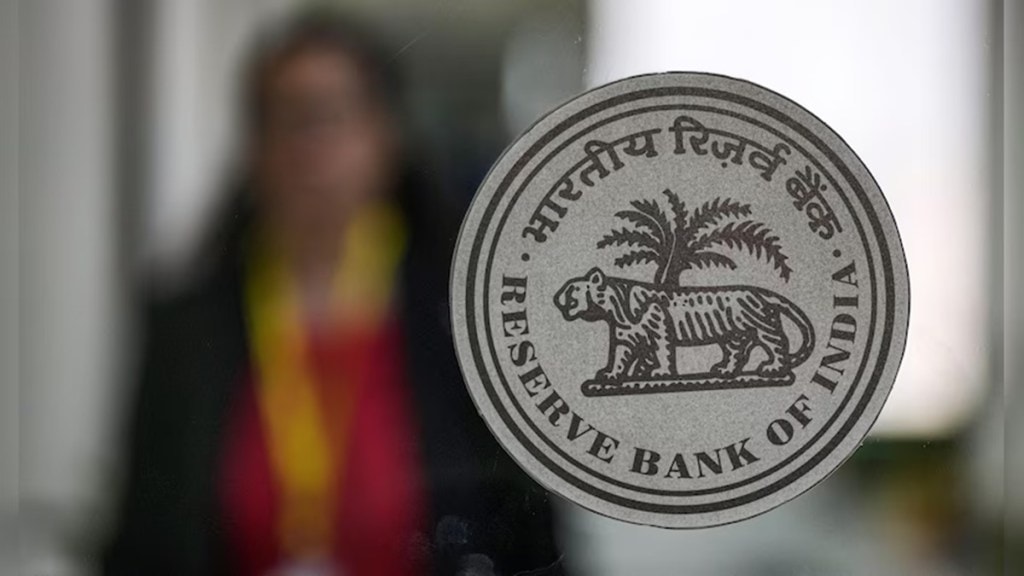Reserve Bank of India’s Deputy Governor M. Rajeshwar Rao hit the nail on the head recently when he urged the micro-finance sector to do some soul-searching and go in for urgent internal reforms. The advice is timely as the sector continues to suffer from a vicious cycle of over-indebtedness, high interest rates and harsh recovery practices. Even lenders with access to low-cost funds have been found to be charging significantly higher margins than the industry norm, which, in several instances, appear excessive. Rao’s prescription: “Lenders should look beyond the conventional high-yielding business tag”. His speech comes amid growing scrutiny of microfinance practices in India, particularly in rural and low-income segments, where aggressive lending and recovery have led to borrower distress. Despite RBI’s regulatory overhaul in March 2022, including interest rate caps and revised customer protection guidelines, concerns about implementation remain.
Days before Rao’s speech, the RBI had lowered the qualifying assets threshold to a minimum of 60% of total assets (net of intangible assets) from 75% earlier. This is estimated to provide an additional headroom of 15% for venturing into other products and borrower segments apart from the legacy qualifying microfinance loans. Will this encourage the players to diversify and look beyond what Rao calls conventional high-yielding businesses? One hopes the answer would be affirmative. Some well-run microfinance institutions (MFIs) may go in for more secured loans such as home improvement, loan against property and gold, two-wheeler finance, etc. This will help strengthen their financials and may also lower the pricing, as there will be scope for cross-subsidisation. But the vast majority should also follow suit in their own self-interest. After all, India’s microfinance crisis has been deepening, with delinquency rates almost doubling and the joint liability-based lending model appearing to be crumbling.
The RBI’s Financial Stability Report of December 2024 noted that alongside rising delinquencies, borrower indebtedness has risen—the share of borrowers taking loans from four or more lenders has increased to 5.8% in the last three years from 3.6%. The quarterly average ticket size of microfinance loans disbursal has risen by 43% to ?50,430 from ?35,299. Another alarming aspect is that approximately 6% of borrowers have exposure to four or more lenders as of November 2024, which indicates a heightened likelihood of over-indebtedness.
There is a clear need to enhance the scale of oversight that regularly identifies violations and sanctions for violators. Enhancing the scale would entail more regular surprise audits of records and policies adopted by the MFIs and anonymous field visits to cross-check collected information, which can act as a deterrent against flagrant flouting of regulatory requirements. Devolution of some of the supervisory responsibilities to an independent committee may also be considered. State governments also should act more responsibly so that lenders are allowed to recover loans without being hampered by the law. Tamil Nadu’s Money Lending Entities (Prevention of Coercive Actions) Act is an example of that. Earlier this year, the Karnataka government promulgated an ordinance that proposes up to 10-year prison term and a penalty of `5 lakh for microfinance lenders that cause “undue hardship” to borrowers. These steps create unnecessary fear and vitiate the repayment culture. Microfinance in India has played an important role in democratising credit and empowering the poor. The need is to approach the sector with an empathetic but practical perspective, recognising the importance of the sector in empowering vulnerable communities.

